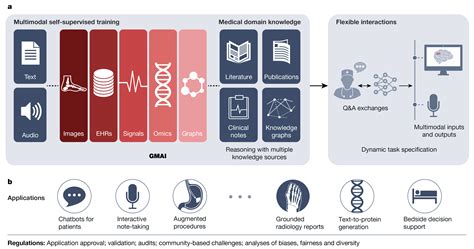The Impact of Generative Models on the NFT Experience
Non-Fungible Tokens (NFTs) have revolutionized the digital art and collectibles space, offering unique ownership and provenance. However, a new technology has emerged that is changing the way artists, collectors, and users experience these digital assets: generative models.
In this article, we will explore the impact of generative models on the NFT experience, from their initial emergence to their potential future applications.
What are Generative Models?

Generative models are artificial intelligence (AI) algorithms that can generate new data or images based on patterns and rules learned from existing data. They use complex mathematical techniques, such as neural networks and deep learning, to create novel outputs that are often indistinguishable from the original input.
In the context of NFTs, generative models can be used to create unique digital assets, including art, music, and even entire virtual worlds. These models can generate a wide range of styles, from realistic landscapes to abstract patterns, making it possible to produce one-of-a-kind digital treasures that are highly valuable on the market.
Initial Impact
The emergence of generative models has already had a significant impact on the NFT experience. In 2021, the first generation of NFTs were created using these algorithms, with artists such as Bored Ape Yacht Club and MINT showcasing their unique digital assets. These early NFTs quickly gained popularity among collectors and enthusiasts, who appreciated their rarity and uniqueness.
The impact was not limited to art; music, fashion, and even literature have also been influenced by generative models. For example, the musician Grimes has used a generative model to create new music tracks and videos, while fashion designer Virgil Abloh has employed AI-generated designs for his clothing lines.
Potential Future Applications
Generative models hold tremendous potential for transforming the NFT experience in several ways:
- Increased Diversity: Generative models can produce a vast array of unique digital assets, leading to increased diversity in the market and reducing the dominance of specific styles or themes.
- Improved Authenticity: AI-generated digital assets can be used to create entirely new experiences that are indistinguishable from real-world products, potentially changing consumer perceptions of authenticity and ownership.
- New Business Models: Generative models can enable new business models, such as subscription-based services for exclusive NFTs or tokenized art collections.
However, there are also concerns about the potential risks and challenges associated with generative models in the NFT space:
- Intellectual Property Rights: The use of AI-generated digital assets raises questions about ownership and rights, particularly if these creations are not explicitly licensed by their creators.
- Value and Authenticity: As more people become involved in creating and collecting NFTs, there is a risk that the value and authenticity of these digital assets may be compromised.
- Regulation: The lack of clear regulation and standards for generative models raises questions about how these technologies will be governed in the future.
Conclusion
Generative models have already had a significant impact on the NFT experience, offering new possibilities for artistic expression, music creation, fashion design, and more. While there are concerns about their potential risks and challenges, the benefits of these technologies far outweigh any drawbacks.
As the NFT market continues to evolve, it is clear that generative models will play an increasingly important role in shaping the future of digital art and collectibles.